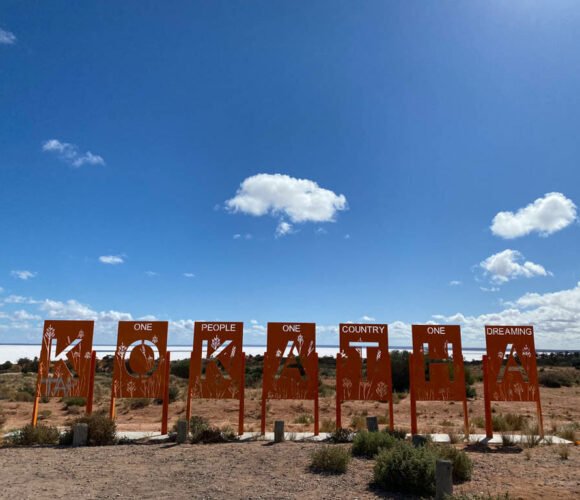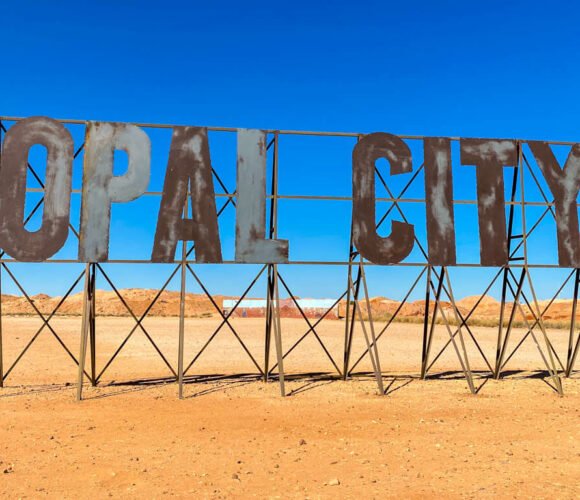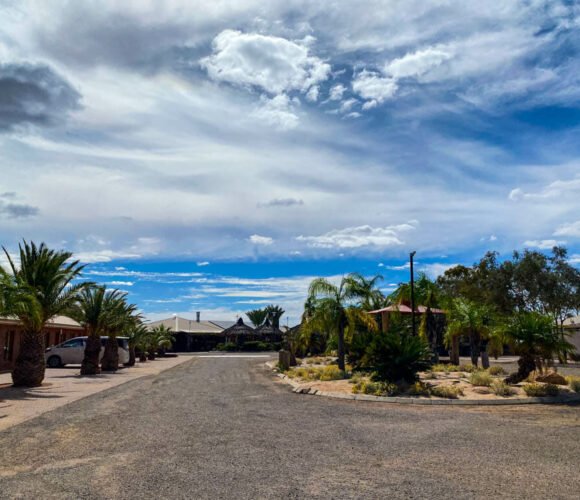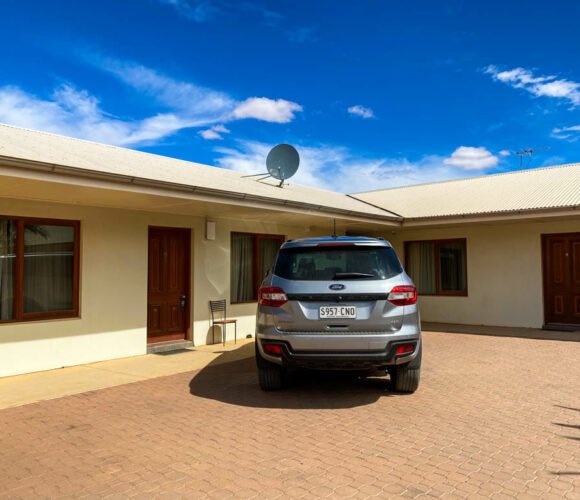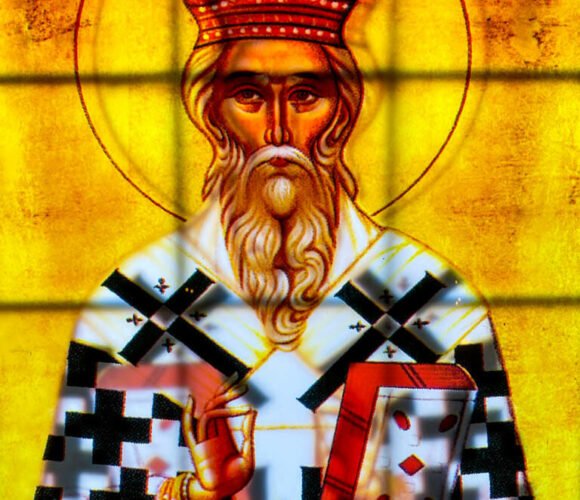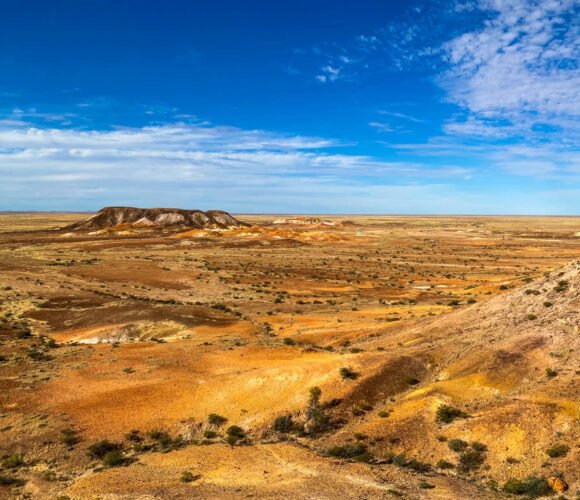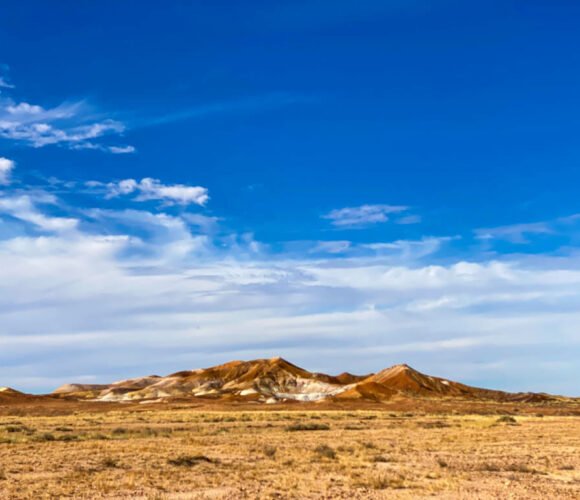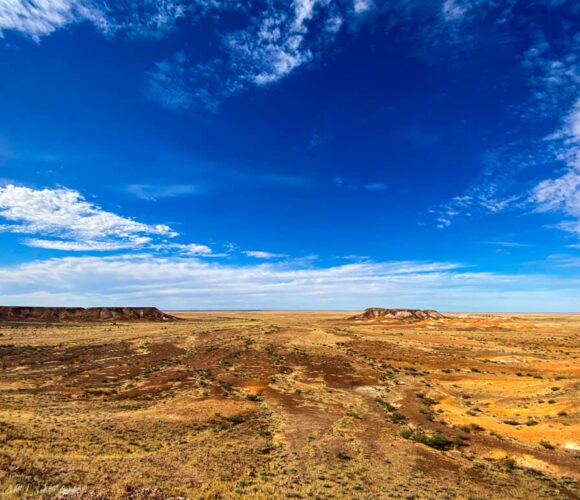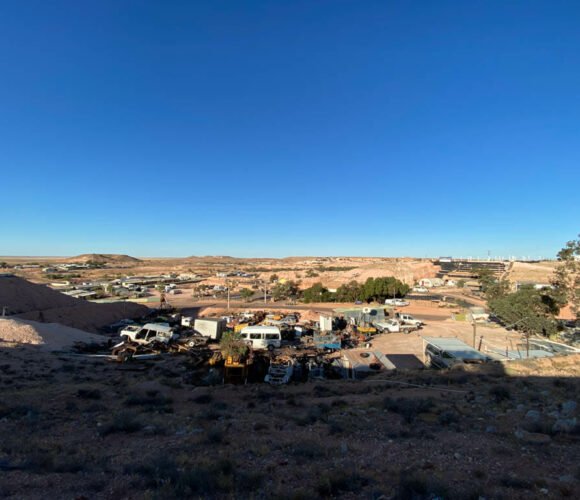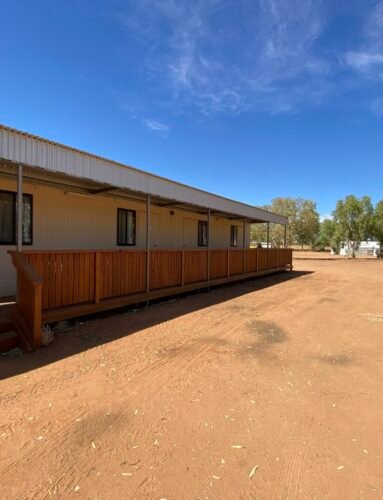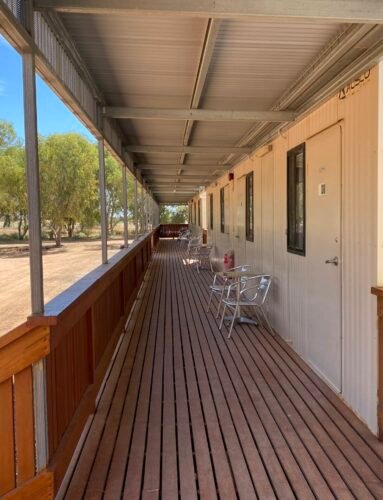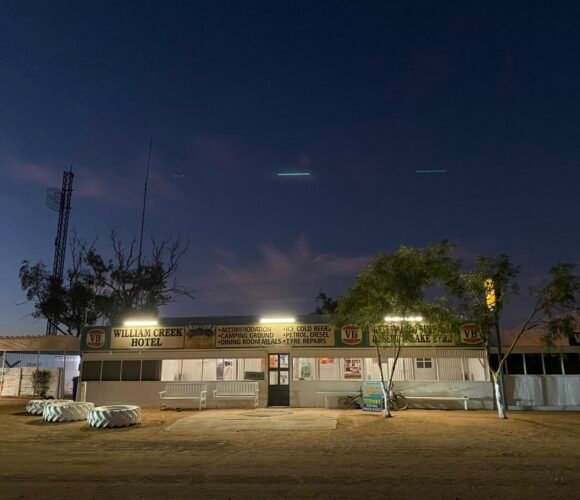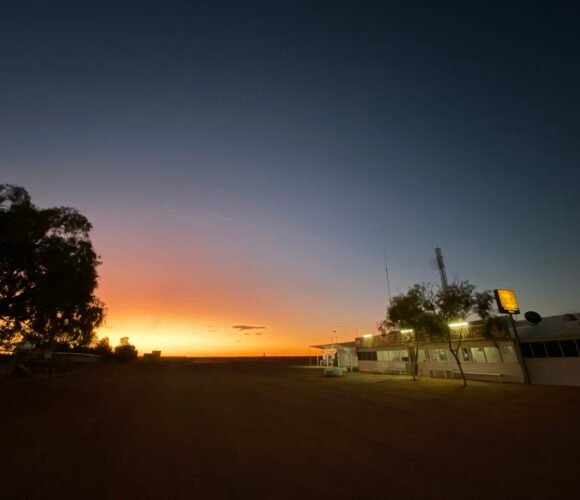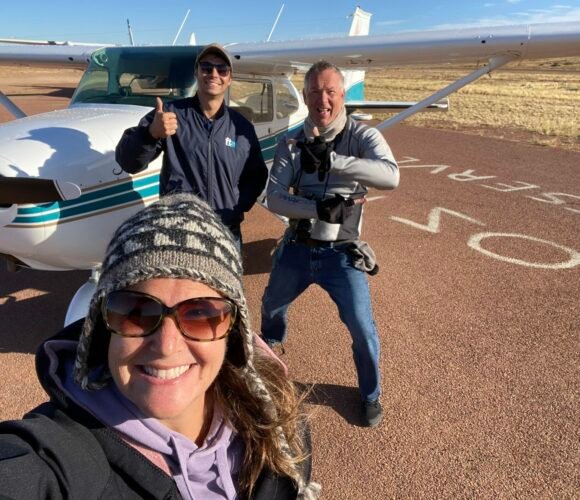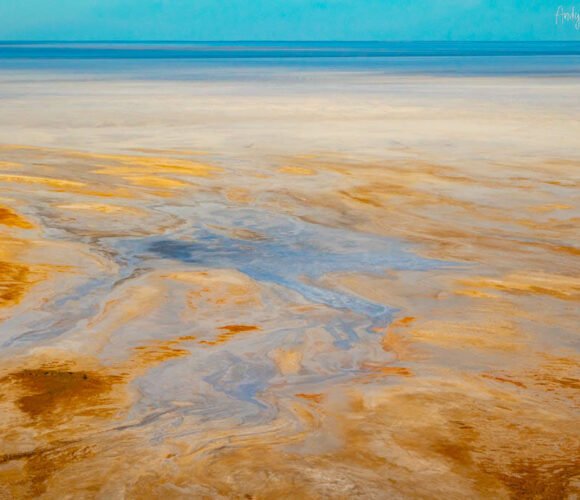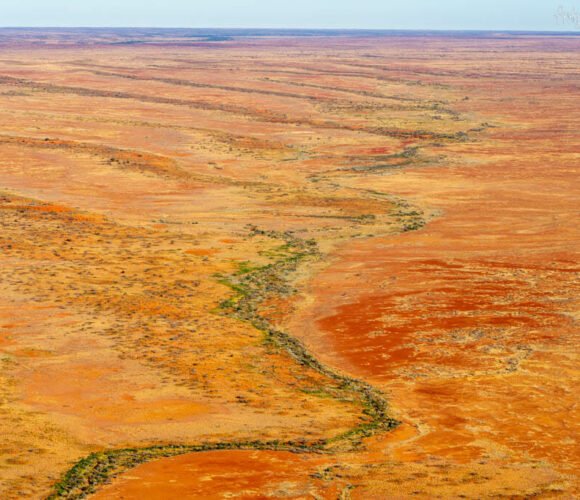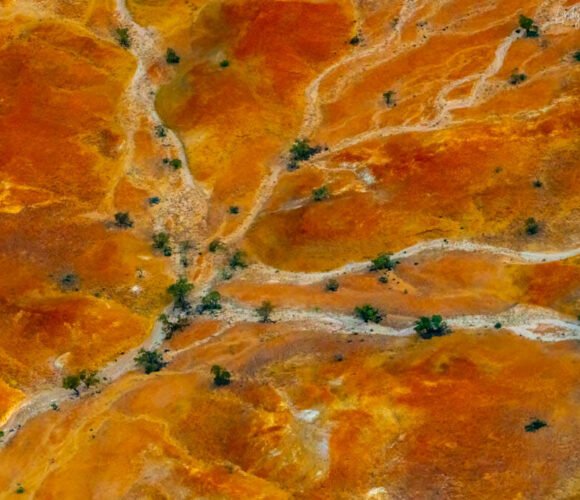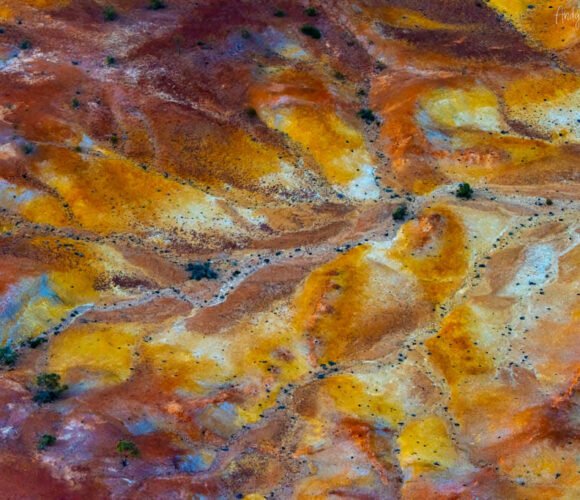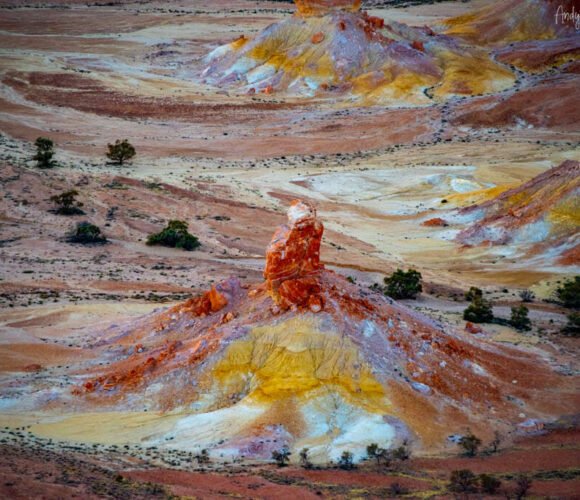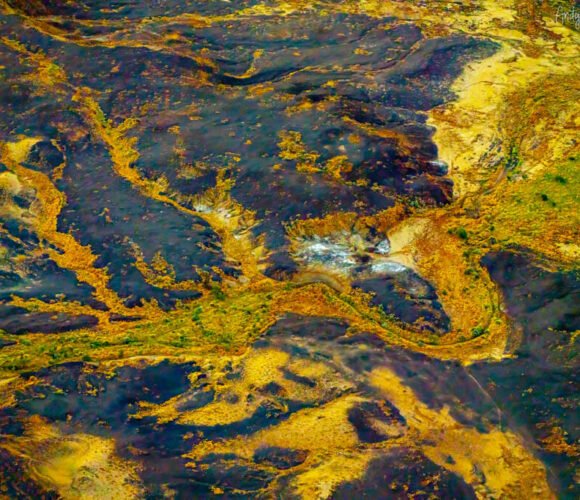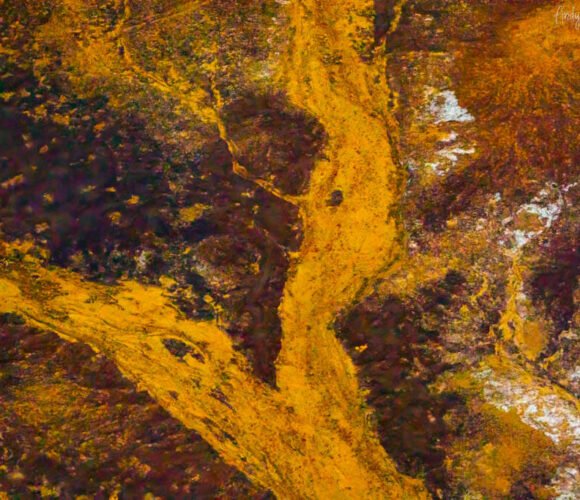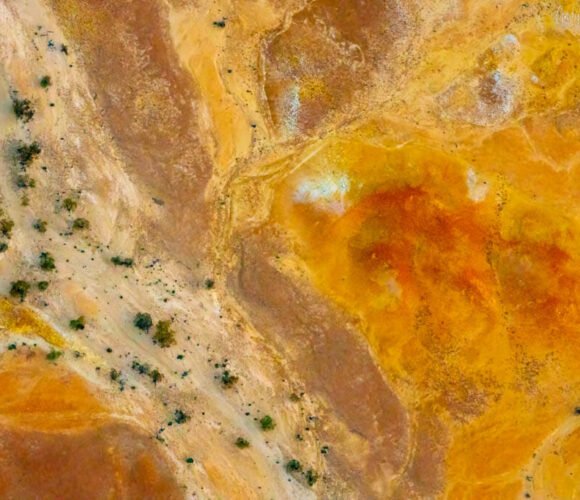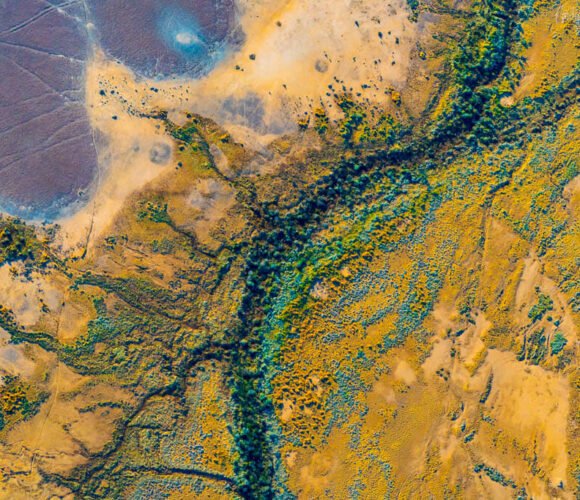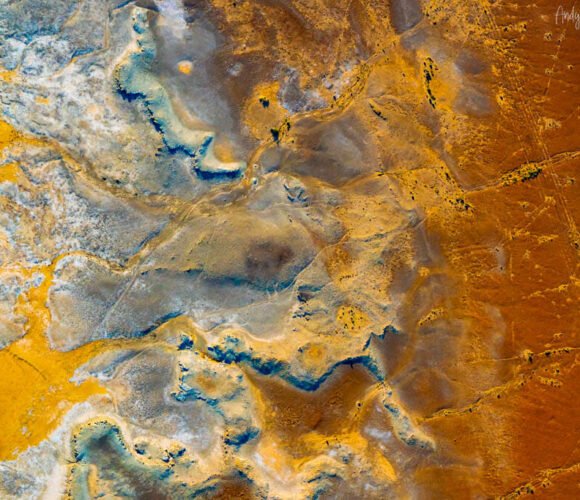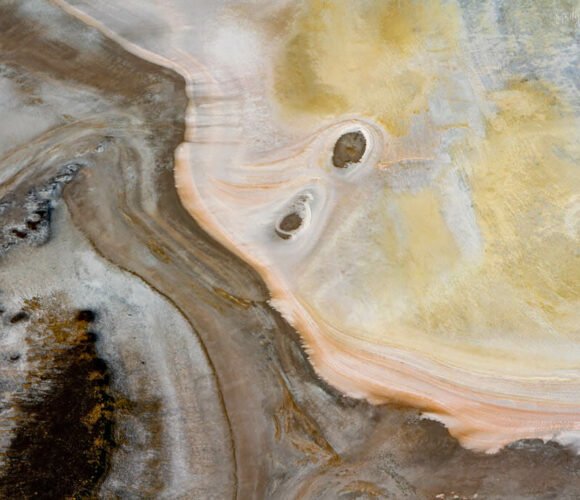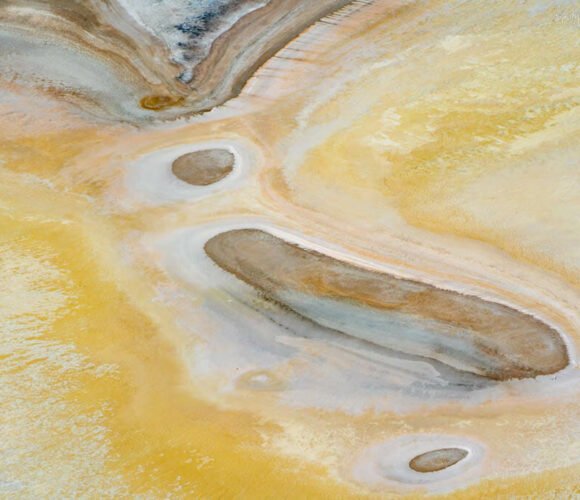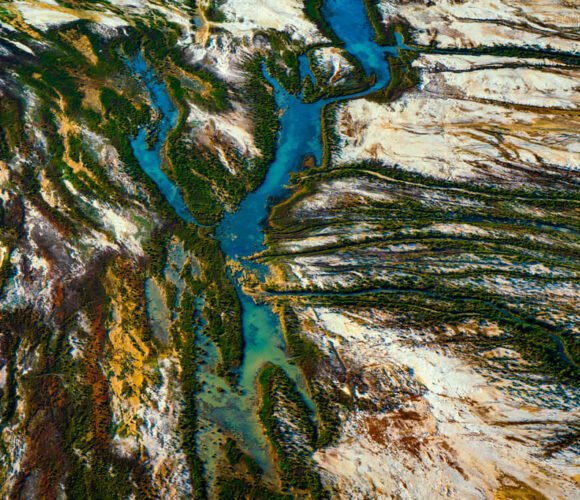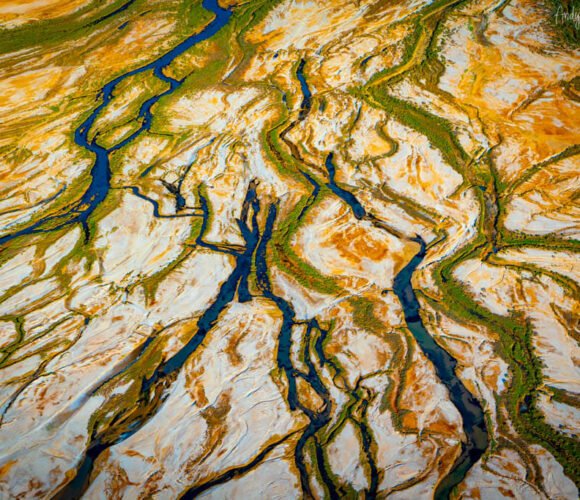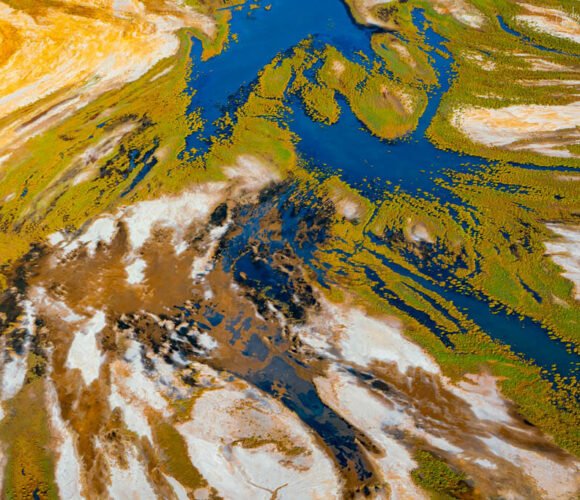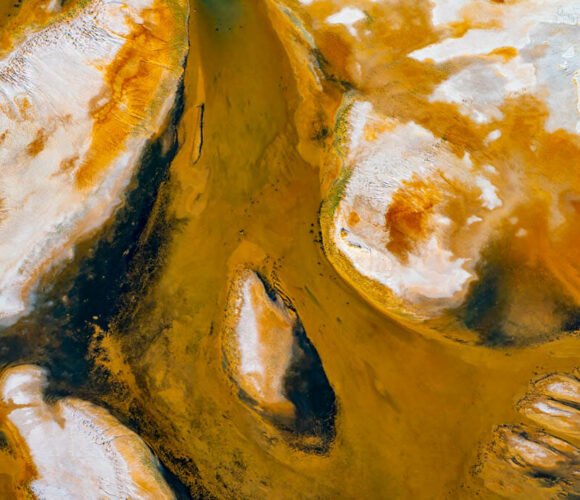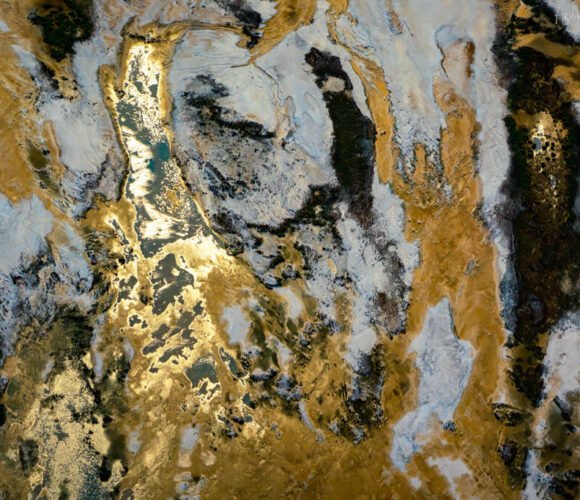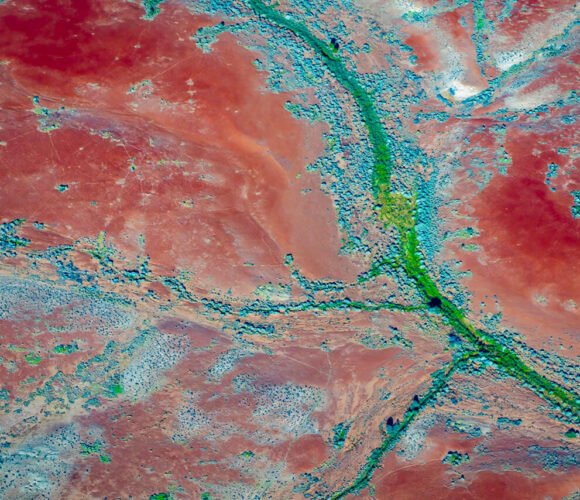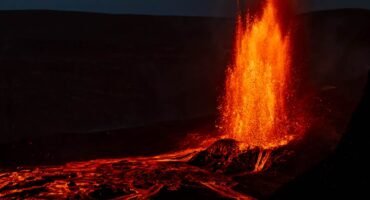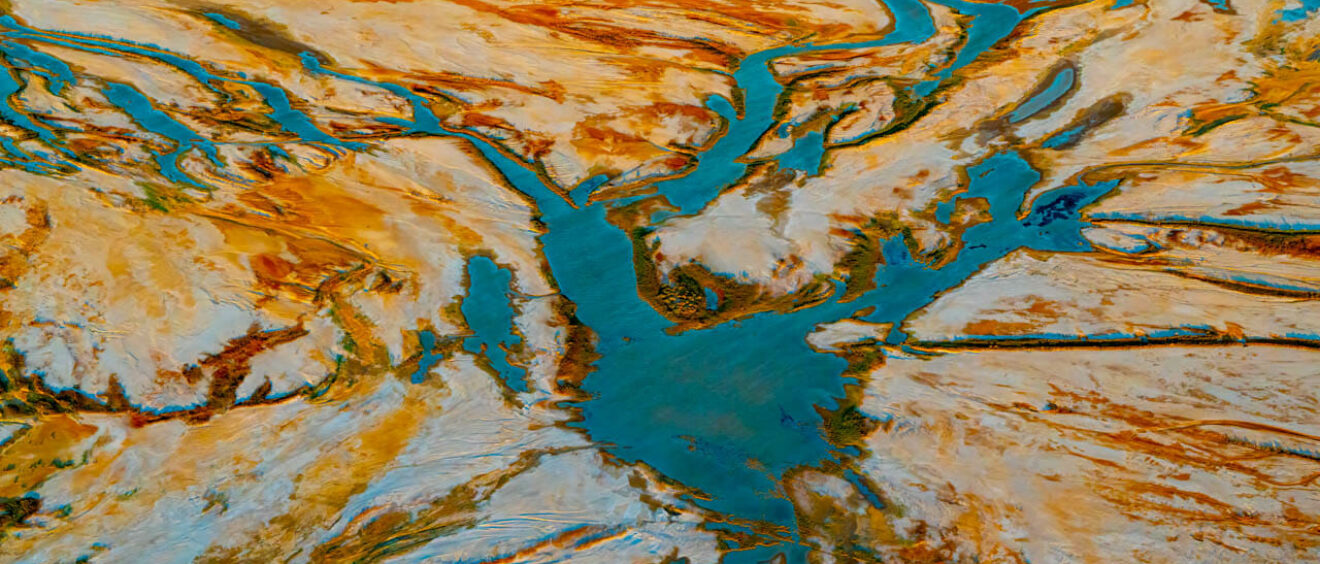
Kati Thanda – Lake Eyre
In April of 2022, we travelled to William Creek to do some aerial photography at Lake Eyre, which was renamed Kati Thanda in 2013.
Kati Thanda was the sacred name for the flat saltpan and meant “the name of the lake which was formed after the skin of a kangaroo was spread over the ground”. Although it did not physically resemble a kangaroo, the story was part of Aboriginal cultural mapping
Never heard of this part of the world? Unless you are a photographer or 4WD enthusiast, you’re not alone. Here’s a map for context.

As it is safest to drive after dawn and before dusk, and because I had to work (remotely) one of the days, we broke up the 10-12 hour drive with a few stops. We also started the trip with a few days in Adelaide and a quick detour to Port Lincoln to see my sea lion friends.
Port Lincoln to Port Augusta
After an outstanding morning snorkelling with the sea lions in Port Lincoln, we drove about four hours north to Port Augusta. It’s a small town of about 14k people, and has a bit of a reputation for car break-ins and anti-social behaviour. We stayed at the Standpipe Inn, which is located on the outskirts of town and had no issues. Our room was clean, the staff was friendly and helpful, and the restaurant was great.

Port Augusta to Coober Pedy
From Port Augusta, we drove about 6 hours north to Coober Pedy, which is an even smaller town (under 2k people).

Because we planned the trip about a month out, all the iconic underground accommodation was already booked. We ended up in an “executive apartment” at the Big4 Stuart Range Outback Resort. I was expecting a cabin like other caravan parks we’d visited, but this was more like a 1 bedroom motel suite. The wifi was strong enough for the day of work Zoom calls, and there was even a washer and dryer. The only downside was an impressive infestation of ants the first morning, but they made their way out the back within an hour.
Cooper Pedy is the opal capitol of the world. The name is believed to be derived from the Aboriginal term kupa-piti which means “whitefellas – hole in the ground.” Because the temperature often exceeeds 40c (104F), homes (called dugouts) are built into the side of hills so they maintain a consistently comfortable temperature of 23-25c.
You can see the main sights in a well planned afternoon. Our first stop was the underground Serbian Orthodox Church.
Next up, was the Umoona Opal Mine and Museum.

We also drove about 30 minutes out of town to the Breakaways Conservation Park.
I’d joked earlier in the day about needing to get a booking for dinner. I admit that I was a little surprised when we arrived at the Big Winch at 5pm and were told that they were completely booked. They found us a spot outside though (big mistake – flies!) and we were in and out before any other tables even arrived.


For our second night we drove down the main street and picked the most crowded restaurant – John’s Pizza. It turns out they are rated one of the top ten pizzas in Australia. We went for a standard pie rather than the “Coat of Arms,” and it was pretty damn good. The place was PACKED and doesn’t take bookings, though you can call ahead and order takeaway.

We had a great breakfast at the Outback Grill, which is the restaurant at the Shell station on the way into town. There’s also an IGA and a pharmacy, however prices are outrageous ($12 for toothpaste).
Coober Pedy to William Creek
This is where this trip gets interesting. The Oodnadatta Track is an unsealed road that runs from Maree to Marla and is a bucket list item for many 4WD enthusiasts. We have very little 4WD experience, and full disclosure, our 4WD was hired from Avis in Adelaide and probably not even allowed off the tarmac.

After topping up the tank and getting some bottled water, we left Coober Pedy around 10am. The road was a lot better than we expected – no corrugations or places to get bogged. We passed a total of 9 vehicles travelling the other direction. The only thing between Coober Pedy and William Creek is outback and cows. Most of the land is part of Anna Creek, which is the world’s largest cattle station and slightly larger than Israel. The drive took about 3 hours.
William Creek is the halfway point on the Oondnadatta, and has a petrol station, a pub, a campground, a motel, and an airstrip for scenic flights over Lake Eyre.
We had an “Eagle Room” which wasn’t as spacious as the “Pelican Rooms” but it was clean and had an ensuite bathroom. The only downside was that the walls were paper thin so we could hear the neighbour snoring.
We had all of our meals at the pub, because that was the only option other than the campground (and we didn’t bring food). When we arrived they were down to two lunch options, so we had burger wraps (because they were out of buns). For dinner they were down to one option, which luckily wasn’t fish or I would have been making emergency mac ‘n cheese with the kettle in our room. The supply truck came the next afternoon so we had a more variety for the rest of our stay. The best part about William Creek is the team who run it. They were very understaffed, as is most of Australia at the moment, but every single person there was warm and friendly and helping out with whatever needed to get done.
Lake Eyre
We booked our flights with Wrights Air. Due to cost, we went with the smaller Cessna 172 which ended up being fine for the two of us with the door off. Turns out that it’s pretty cold before sunrise at 1500 feet, which is why I’m wearing a wool hat and Andy’s wearing his wetsuit top.
Because we’d chartered the plane, we had flexibility in when we left, where we went, and how long we stayed (though we were paying by the hour). We wound up with about 7 hours in the air and almost 5,000 photos! It takes about 30 minutes to fly from William Creek to Lake Eyre, and a little longer from William Creek to the Painted Hills. The landscape was other-worldly, and changed colours with the light throughout the day. The vastness of the outback is incomprehensible. Here are some wide angle shots for context.
And here’s what we came for…
We’re Andy and Jennifer—two former corporate executives who chose long ago to prioritise experiences over stuff while pursuing our passions for travel and photography. From the Arctic to Antarctica, and most places in between, we’ve captured the world through our lenses and love sharing those stories. Our careers gave us the means, but our purpose is inspiring others to explore and helping people create images they’re proud of.

